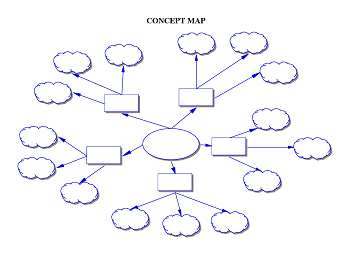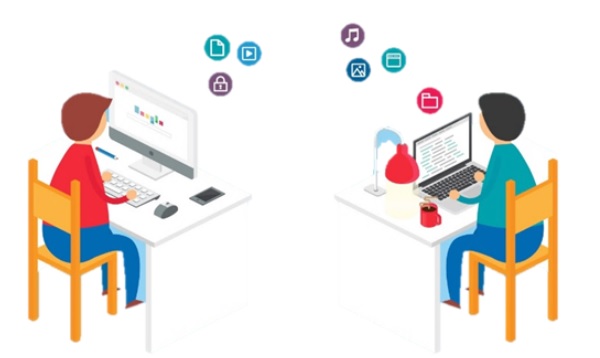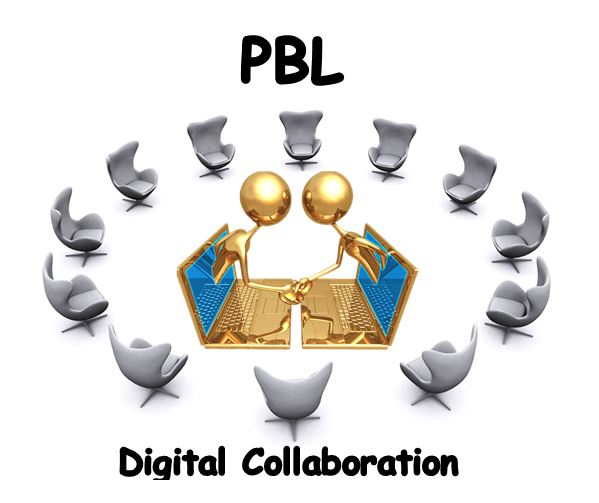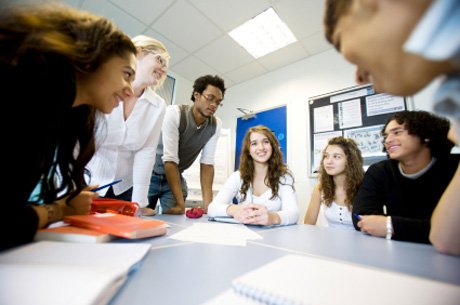Popular active learning strategies
Zayapragassarazan and Kumar in their article Active Learning Methods say that students must talk about what they are learning, write reflectively about it, relate it to past experiences, engage themselves in learning by doing and apply it to their daily lives.
The basic activities through which all students learn are:
- talking and listening,
- writing,
- doing,
- reading and reflecting,
- specific active learning strategies use one or more of these elements.
There are four broad categories of learning strategies that one might use in an active learning classroom:
- individual activities,
- paired activities,
- informal small groups
- cooperative student projects.
The choice of these will depend on the size of the class, space, objectives of the class, the amount of time the teacher can devote to the activity, and the comfort level of the teacher with the strategy.
Zayapragassarazan and Kumar submit some of the popular active learning strategies that have resulted in enhanced learning:
·
Concept maps 
Charts, diagrams, webs, maps, as well as pictures, can be used as visual examples of abstract concepts. Concept maps are concerned with relationships among ideas. A concept map illustrates connections that exist between terms or concepts covered in course material. They help students decide the important points and how they relate to each other. Students may be asked either individually or as groups, to develop one of these visual structures. Members of groups can be asked to come to a consensus and present one form to the class which can also be shared, discussed, and synthesized into new ones for better understanding
·
Collaborative writing 
A collaborative writing assignment can be organized in several ways especially by avoiding giving one person all the work. A group may be asked to break down a writing assignment into parts and each student will write his or her part and then brings it to the group for compilation and editing
·
Brainstorming 
In brainstorming, students are encouraged to generate as many ideas on the topic as possible without judgment or critique. Brainstorming is a process for developing creative solutions to problems. Brainstorming works by focusing on a problem, and then deliberately coming up with as many solutions as possible and by pushing the ideas as far as possible.
·
Collaborative Learning 
Recent research suggests that individuals in small groups learn better than they do on their own or in isolation. In light of the research on active learning, this is not surprising, as a small group initiates collaborative learning and its resulting activities: students generate questions, discuss and arrive at conclusions, turn thought into written or oral language, etc.
·
Scenarios/Case Studies 
In this method participants discuss and analyze the scenario/case provided by facilitator, and deliver presentations on their findings to other small groups or to the whole group or simply record ideas on an overhead/white board so that the facilitator can draw questions and synthesis from the material. Participants can also develop (individually, in pairs, groups) their own work-based case studies and exchange them with others for discussion and analysis.
·
Problem-Based Learning 
Problem-based learning (PBL) begins with a problem prepared by the instructor that generally cannot be easily solved without data collection and mastery of subordinate skills. Students search for resources and faculty guide students to collect information and resources. Faculty help students learn to frame the right questions, formulate problems in clear and organized language, explore alternatives, and make effective decisions. The theory is that by solving problems students learn to generate procedures that they can use again when they encounter another, similar situation.
·
Case-based Instruction 
Case-based instruction introduces cases after the students have completed lectures. They apply learned theories to real-life situations. The use of cases allows students to integrate and apply developing knowledge and skills such as reasoning, critical thinking, problem solving, and interpersonal ability to hypothetical or real case scenarios.
·
Panel Discussions 
In panel discussions students are asked to give presentations by working in groups and then receive questions from the rest of the class after the presentation. This could also be turned into a debate where groups are given alternative positions to defend and the groups present their arguments, followed by whole class discussions on the topics.
·
Teaching to learn/Peer teaching

In this the students are helped to adjust to a new role by having them teach to a small group. Explain them of all the active teaching and learning techniques that they could use and give them enough preparation time. Students may be provided with clues on what facilitators are expecting from them. Topics that would supplement the class should be provided for teaching. Some of the more effective students to teach to the entire class should be selected for this method. Facilitators can also participate as students and ask helpful or follow-up questions that will help the student teacher to extend himself/herself.
·
Role Playing, Drama, and Simulations 
Affective qualities such as empathy, as well as understanding of concepts can be stimulated through role plays. Putting all the theories into practice, simulation can be the students’ first chance to face the realities of what they have learned and the attitudes they have connected to the learning.
As Zayapragassarazan and Kumar sad the benefits of active learning are widely acclaimed in education. There is some research evidence that this approach supports critical thinking and problem solving. Active learning promotes proper knowledge, attitude and skills among the students. The basic concept is that students will be able to learn better if they are subjected to active learning environments which also encourage learners to take responsibility for their learning.
-------------------------------------------------------------
Zayapragassarazan Z., Kumar S. 2012. Active Learning Methods. India.